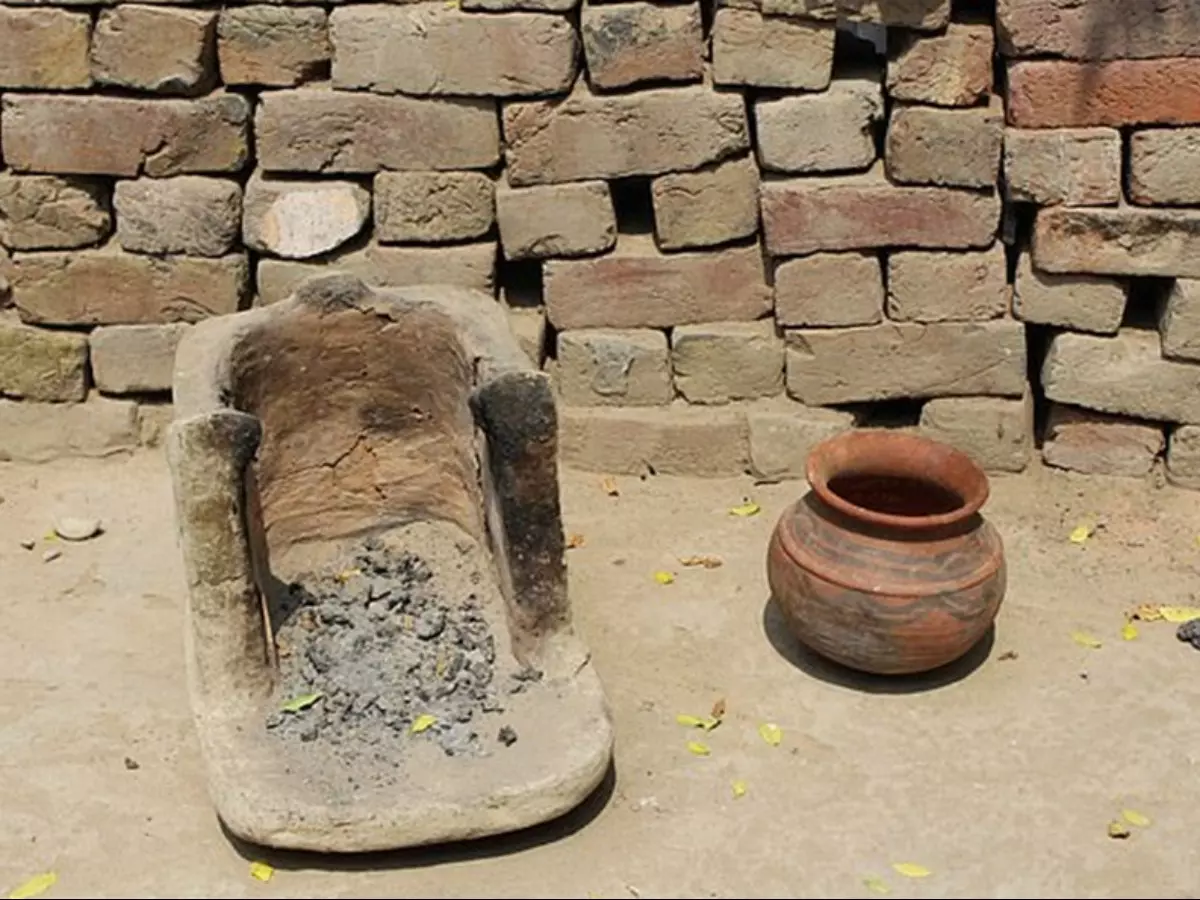Indus Valley Civilization's Diet Dominated By Meat Including Pork, Buffalo, Sheep, Finds Study
According to the study published in the 'Journal of Archaeological Science' people of the Indus Valley civilization survived on meat-heavy diets that included cattle, buffalo, sheep, goat, pigs, and dairy products.

A new study has shed some light on the culinary habits of the people who lived in the Indus Valley, some 4,500 years ago.
According to the study published in the 'Journal of Archaeological Science' people of the Indus Valley civilization survived on meat-heavy diets that included cattle, buffalo, sheep, goat, pigs, and dairy products.
 WHO
WHO
The study, titled ˇ°Lipid residues in pottery from the Indus Civilization in northwest Indiaˇ± was led by Akshyeta Suryanarayan as a part of her PhD thesis at the University of Cambridge.
It presents novel insights into the archaeology of food in ancient South Asia by using lipid residue analysis to investigate what kinds of foodstuffs were used in ceramic vessels by populations of the Indus Civilization in northwest India.
 Akshyeta Suryanarayan
Akshyeta Suryanarayan
"On average, about 80% of the faunal assemblage from various Indus sites belong to domestic animal species. Out of the domestic animals, cattle/buffalo are the most abundant, averaging between 50 and 60% of the animal bones found, with sheep/goat accounting for 10% of animal remains," the study found.
 Akshyeta Suryanarayan
Akshyeta Suryanarayan
"The high proportions of cattle bones may suggest a cultural preference for beef consumption across Indus populations, supplemented by the consumption of mutton/lamb," it stated.
Wild animal species like deer, antelope, gazelle, hares, birds, and riverine/marine resources are also found in small proportions in the faunal assemblages of both rural and urban Indus sites, suggesting that these diverse resources had a place in the Indus diet.
For the purpose of the study, an analysis was conducted on 172 pottery fragments recovered from rural and urban settlements located in northwest India.
 Akshyeta Suryanarayan
Akshyeta Suryanarayan
While several studies in the past have also produced similar results about the food habits of the Indus people, there has relocated to acknowledged it.
Perhaps the most notable of such cases was in February, when the National Museum, New Delhi was hosting an exhibition on India's ancient food history ˇ°Historical Gastronomica ¨C The Indus Dining Experienceˇ± which will feature ancient food going back to more than 5,000 years.
One of the key highlights of the event was visitors could get to taste the food of the Indus-Saraswati Civilization, recreated by National Award-winning Chef Saby (Sabyasachi Gorai).
However, in the last minute change, the Museum asked the organizers to drop non-vegetarian food items like fish in turmeric stew, Guinea Fowl/ country chicken stew, Offal's pot, non-vegetarian bati, meat fat soup, salt-cured sheep and lamb liver and chick-pea from the menu.
